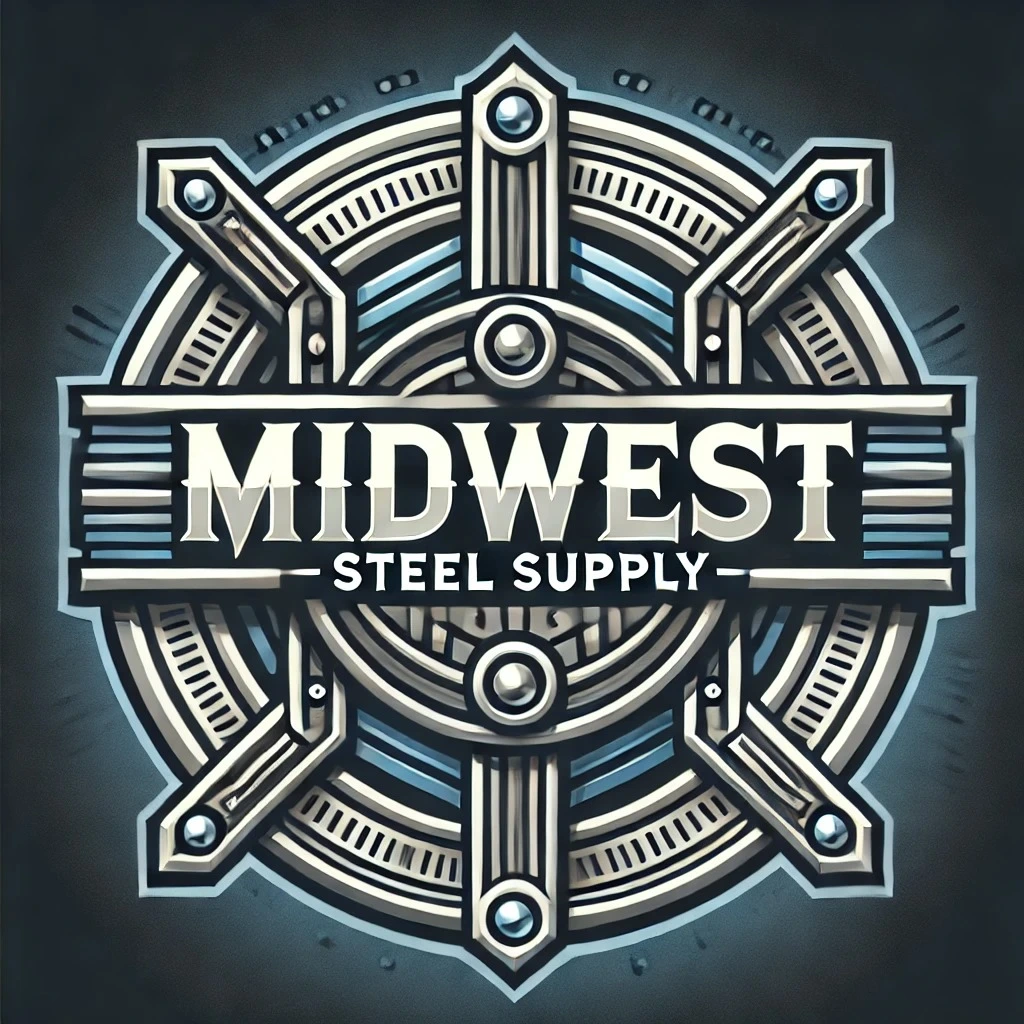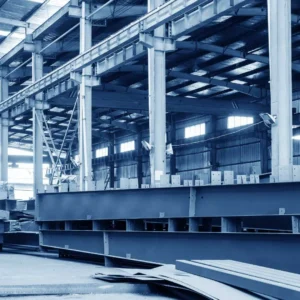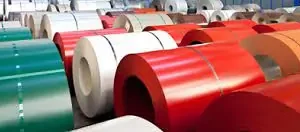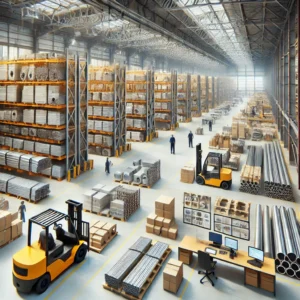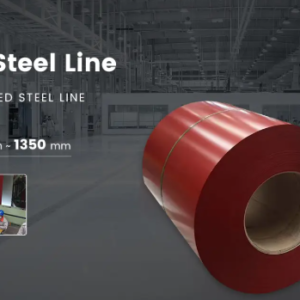Introduction: What Is ASTM A500 and Why It Matters
ASTM A500 price trends is a widely used standard for cold-formed welded and seamless carbon steel structural tubing, available in circular, square, and rectangular forms. It is intended for use in buildings, bridges, and general structural applications. The specification defines several grades (A, B, C, D) with varying yield strengths and mechanical properties.
Because ASTM A500 tubing is essential for construction and infrastructure, its price movements are closely monitored by engineers, contractors, and steel traders. Price trends for A500 reflect broader steel market dynamics, raw material costs, energy expenses, and regional supply-demand balances.
Recent Price Trends
General Steel and Tubing Price Movements
Over the past few years, prices for steel products, including A500 tubing, have experienced significant volatility. The U.S. Producer Price Index for steel pipe and tube manufacturing shows how costs for raw steel inputs have fluctuated. After steep increases during the post-pandemic recovery, prices began to moderate during 2024 and 2025 as supply and demand found better balance.
Within the structural tubing segment, mill and distributor prices for ASTM A500 have generally mirrored trends in hot rolled coil (HRC) prices, which form the base input for tubing production. When coil prices rise, tube mills quickly adjust A500 quotes upward; when coil costs fall, finished tube prices often follow with a lag.
Online market data from several suppliers in 2025 shows smaller-diameter A500 tubing (such as 1-inch or 1½-inch square tubing) priced in the range of $6 to $18 per foot for small retail quantities, depending on wall thickness and shape. In industrial trade, large orders are typically priced per ton, with average mill offers ranging between $750 and $900 per metric ton in North America.
Historical Overview: 2020–2025
From 2020 to 2025, ASTM A500 tubing followed the same broad trajectory as other steel products:
-
2020: Prices dropped to around $650–$700 per ton due to the pandemic slowdown and weaker construction demand.
-
2021: As global recovery began, steel demand surged and input costs soared. Tubing prices jumped to $1,000–$1,100 per ton.
-
2022: Elevated energy costs and logistics issues kept prices high, but the rate of increase slowed.
-
2023–2024: Prices began to stabilize as supply chains normalized and inflationary pressures eased.
-
2025: A moderate softening occurred as mills balanced production with subdued construction activity, particularly in Europe and Asia.
In short, after a sharp peak in 2021–2022, the market entered a correction and stabilization phase, with prices moving within a narrower band since 2024.
Key Drivers of ASTM A500 Price Movements
1. Raw Material Costs
A500 tubing is produced from steel coils or billets, whose prices depend on iron ore, scrap, and energy costs. When iron ore and scrap prices rise, tube mills adjust prices upward to maintain margins. Conversely, cheaper raw materials can lead to temporary price relief.
2. Energy and Utilities
Steel production and tube forming require substantial energy. Rising electricity and natural gas costs—especially in Europe and parts of Asia—directly influence production expenses and final pricing.
3. Labor and Conversion Costs
Labor shortages, wage inflation, and maintenance costs in manufacturing facilities add to overall tube production costs. Skilled welding and forming processes for tighter-tolerance tubing, such as ASTM A500 Grade C or D, command higher production expenses.
4. Supply Chain and Logistics
Freight, port congestion, and global shipping costs significantly affect delivered prices. Even if mill base prices are stable, higher transportation costs can raise landed prices for distributors and end users.
5. Construction and Infrastructure Demand
A500 tubing demand is closely tied to construction and infrastructure spending. When public infrastructure projects or private construction booms occur, demand increases, leading to higher prices. Conversely, when housing or industrial spending slows, tubing demand weakens, reducing prices.
6. Mill Capacity and Inventory Levels
High mill utilization typically supports prices, while excess capacity or overstocked inventories can trigger discounts. Seasonal slowdowns, maintenance shutdowns, or reduced capacity also affect short-term supply and pricing.
7. Trade Policies and Tariffs
Import duties, anti-dumping actions, and trade restrictions influence regional price competitiveness. Changes in U.S., EU, or Asian trade policy can quickly shift price levels by limiting or expanding available supply.
8. Product Grade and Specification
ASTM A500 includes several grades. Higher-strength grades and tighter tolerances generally carry a price premium. Wall thickness, cross-section (round, square, or rectangular), and finishing processes such as galvanizing or painting also affect final pricing.
Regional Market Observations
North America
The U.S. market for ASTM A500 tubing is mature and relatively stable. Domestic producers adjust prices mainly based on hot rolled coil costs and overall construction demand. Distributors often carry a wide range of sizes and shapes, and pricing remains transparent.
In 2025, domestic structural tubing prices in the U.S. ranged roughly from $800 to $900 per ton, down from highs of $1,100 per ton seen in 2021. Construction activity in commercial and infrastructure sectors has provided a steady but modest level of demand.
Asia-Pacific
Asia, led by China and India, remains the largest producer of structural tubing. Chinese export offers for A500-equivalent products in mid-2025 hovered between $620 and $680 per ton (FOB), influenced by currency fluctuations and domestic demand. India and Southeast Asia have become increasingly important as both consumers and exporters.
Middle East and South Asia
In these regions, demand for structural tubing is strongly tied to large infrastructure projects, industrial zones, and oil-and-gas investments. Prices often mirror global trends but can vary depending on freight costs and currency rates.
Europe
European tubing prices remain among the highest globally due to elevated energy costs, strict environmental policies, and limited domestic scrap availability. Even as raw material prices moderated, European mills maintained a price floor around $900–$950 per ton in 2025.
Challenges and Market Volatility
ASTM A500 pricing is vulnerable to several recurring challenges:
-
Raw Material Volatility: Sharp changes in iron ore or scrap costs quickly ripple through to finished tube pricing.
-
Energy and Environmental Regulation: Carbon taxes and energy transition policies increase operational costs, particularly in Europe.
-
Shipping and Logistics: Port delays or high freight rates can distort regional prices.
-
Interest Rates and Construction Cycles: High borrowing costs slow construction investment, reducing tubing demand.
-
Exchange Rate Fluctuations: A strong U.S. dollar makes imports cheaper but can pressure export competitiveness.
-
Inventory and Lead Time Management: Mills adjusting to demand cycles can create brief shortages or oversupply, swinging prices sharply in either direction.
Outlook: 2025–2027
1. Moderate Stability Expected
Following several volatile years, A500 tubing prices are expected to stabilize. Global steel supply and demand have balanced, and most analysts anticipate moderate price movement within a $750–$900 per ton range in the near term.
2. Infrastructure Investment Support
Government spending on infrastructure in North America and Asia will likely sustain structural tubing demand. Projects related to renewable energy, bridges, and industrial plants will keep consumption steady.
3. Energy and Environmental Costs
Energy efficiency requirements and emissions controls may raise production costs gradually over the next few years, supporting slightly higher price floors.
4. Technological Efficiency
Automation and modernization of tube mills will improve productivity and may offset some cost increases, keeping price growth moderate.
5. Regional Divergence
Regions with lower energy costs and abundant scrap (like parts of Asia) will likely offer lower prices than high-cost regions such as Europe.
Best Practices for Buyers and Contractors
-
Use Indexed Contracts: Link tubing purchase prices to official steel indices to manage volatility.
-
Plan Ahead: Forecast project needs and secure material early to avoid market spikes.
-
Diversify Suppliers: Source from multiple regions to reduce exposure to local shortages.
-
Monitor Input Costs: Keep track of iron ore, scrap, and energy market trends, as they lead tubing price changes.
-
Optimize Specifications: Choose the most cost-effective grade and size that meets design requirements.
Conclusion
ASTM A500 structural tubing prices reflect a combination of steel input costs, energy expenses, fabrication overhead, logistics, and construction demand. After an exceptional surge in 2021–2022, the market has entered a phase of gradual stabilization. While moderate fluctuations will continue, major spikes are less likely in the near term unless triggered by supply shocks or energy crises.
For buyers, the best strategy involves active monitoring of input markets, diversified sourcing, and flexible contracting. As infrastructure projects expand and economies adjust to new cost realities, ASTM A500 tubing will remain a vital and closely watched component of the global steel market.
